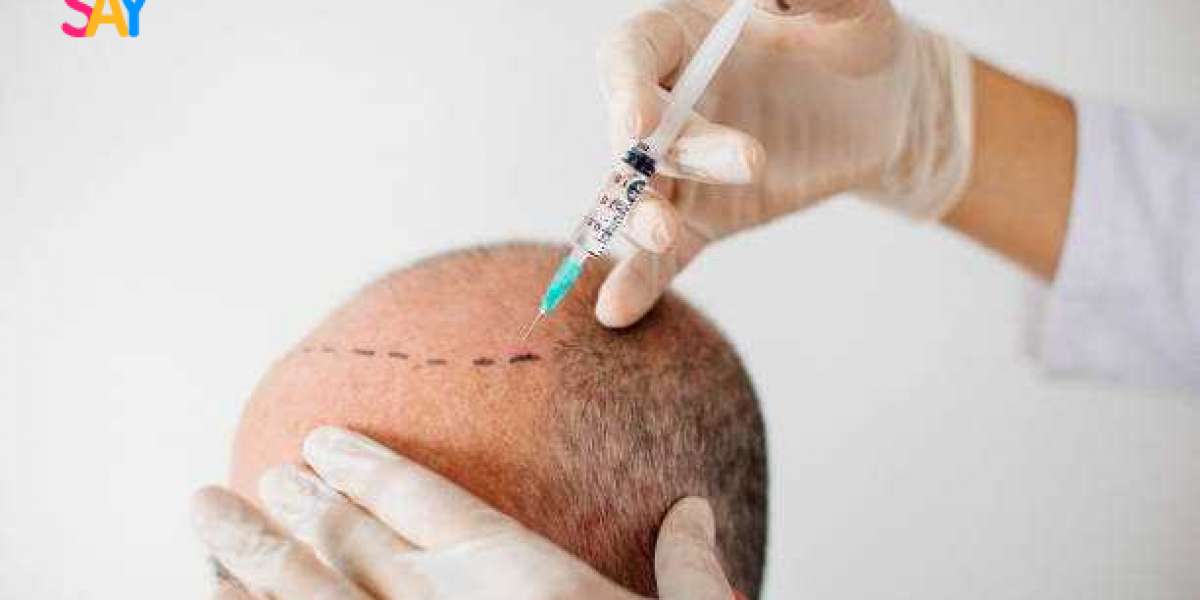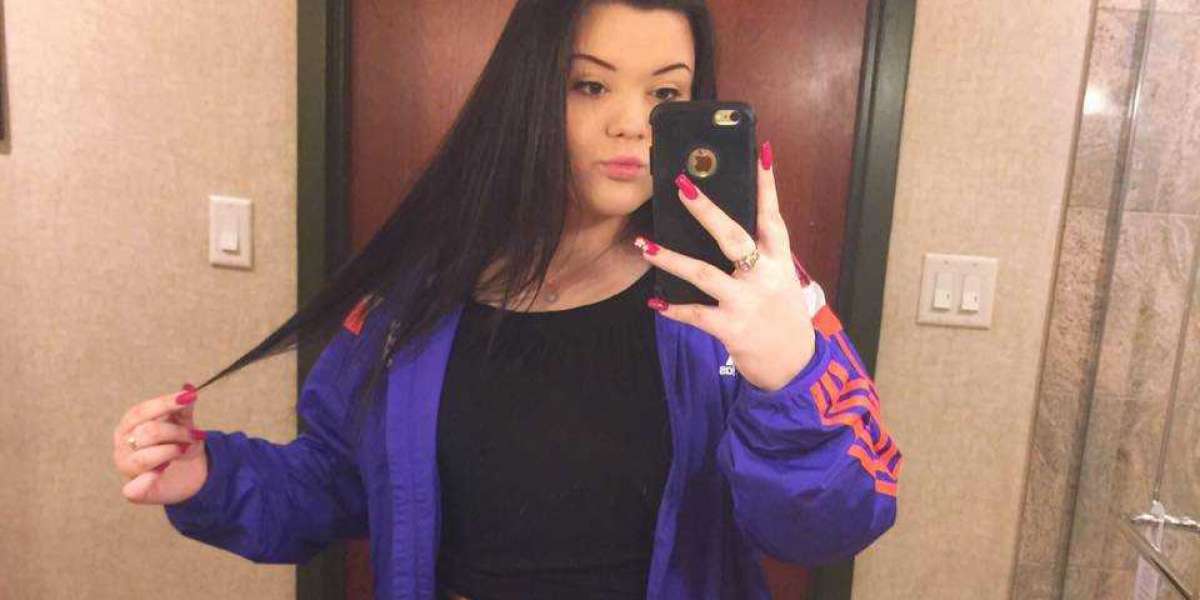Undergoing a hair transplant in Dubai is only the first step toward restoring your hair and confidence. What truly determines the long-term success of your procedure is the aftercare routine you follow during the healing phase. With Dubai’s unique climate and lifestyle, patients need tailored guidance to ensure their scalp heals correctly and the transplanted follicles thrive.
This article provides a complete guide to aftercare for Dubai-based patients, covering everything from immediate post-op care to long-term scalp maintenance in the region’s hot and dry environment.
Why Aftercare Matters More Than You Think
No matter how advanced the procedure or experienced the surgeon, improper aftercare can jeopardize results. In the first few weeks after surgery, your scalp is highly sensitive. Poor hygiene, sun exposure, or overexertion can:
Dislodge grafts
Slow healing
Cause infections or scarring
Compromise final hair density
In a city like Dubai, where heat and sunlight are intense, proper aftercare becomes even more critical.
First 24 to 72 Hours: Immediate Care Tips
Right after your hair transplant in Dubai, the clinic will give you a personalized care plan. However, here are some common and crucial tips you’ll likely follow during this period:
1. Avoid Touching or Scratching
Your scalp will feel tight, itchy, or slightly uncomfortable. Resist the urge to touch or scratch the recipient or donor areas.
2. Elevate Your Head
Sleep on your back with your head elevated using two pillows. This helps reduce swelling and fluid accumulation.
3. Stay Indoors
Dubai’s heat can be intense. Stay in cool, air-conditioned spaces. Avoid outdoor exposure entirely for at least the first 48–72 hours.
Week 1: Healing and Hygiene
1. Gentle Washing
Most clinics allow patients to wash their scalp on the second or third day after surgery. Use a mild, prescribed shampoo and follow these steps:
Fill a bowl with lukewarm water and add a few drops of shampoo.
Pour the mixture gently over your scalp using a cup—do not rub or scrub.
Rinse by pouring clean water carefully.
Pat dry with a soft paper towel. Avoid rubbing.
2. Avoid Sweating
High temperatures in Dubai can make you sweat easily. But sweating can irritate healing grafts. Stay in cool environments and avoid:
Gym workouts
Sauna or steam rooms
Outdoor activities during peak heat hours
3. No Hats (Initially)
Avoid wearing caps or hats during the first week unless advised by your surgeon. Pressure or friction can damage the grafts.
Week 2 to 4: Shedding and Scalp Care
1. Expect Some Shedding
Don’t panic if the transplanted hair falls out during this phase—this is known as “shock loss.” It’s a normal part of the growth cycle, and new hairs will begin growing in their place over the next few months.
2. Moisturize the Scalp
Dubai’s climate can dry out your scalp. Use a recommended scalp moisturizer or healing spray to keep the area hydrated and comfortable.
3. Avoid Sun Exposure
Continue avoiding direct sunlight. If you must go out:
Wear a loose, breathable hat that doesn’t rub the grafts
Stay out of the sun between 10 a.m. and 4 p.m.
Use a scalp-safe sunscreen if you’re beyond the initial healing phase (after consulting your surgeon)
1 to 3 Months: Lifestyle Habits That Support Growth
1. Eat a Balanced Diet
Nutrients like protein, iron, and biotin promote healthy hair growth. Focus on:
Lean meats
Eggs
Green vegetables
Nuts and seeds
Plenty of water to stay hydrated in the dry Dubai climate
2. Resume Gentle Exercise
Once cleared by your clinic, light exercises like walking can be resumed. Still, avoid heavy lifting or intense cardio until the 4–6 week mark.
3. No Hair Styling Products
Avoid using gels, sprays, or hair dryers during this stage. Heat and chemicals can weaken healing follicles.
Long-Term Care: Sustaining Your Hair Transplant Results in Dubai
After the three-month mark, most patients notice gradual hair regrowth. To maintain and enhance your results in the long term:
1. Use the Right Hair Products
Choose sulfate-free, gentle shampoos and conditioners. Look for ingredients that nourish the scalp and promote growth, such as:
Biotin
Niacinamide
Aloe vera
2. Regular Check-ups
Your clinic may recommend periodic evaluations to monitor progress. Don’t skip these—they help catch any issues early.
3. Avoid Overexposure to Sun and Chlorine
Even months later, prolonged UV exposure or swimming in chlorinated pools can weaken hair health. Always take precautions when enjoying outdoor activities in Dubai.
Common Mistakes Dubai Patients Should Avoid
Wearing tight caps too soon: This can disrupt new grafts
Applying hair oil too early: Wait until your doctor gives the green light
Skipping hydration: Dubai’s dry air makes this a must
Smoking and alcohol: These slow healing and should be avoided in the early recovery period
Comparing results too soon: Everyone heals at their own pace—some may see full results in 6 months, others in 12
Ask These Questions During Your Aftercare Visit
When returning to the clinic for follow-up, come prepared with questions such as:
When can I return to swimming or beach activities?
Can I color or cut my new hair?
What hair products are ideal for ongoing care in Dubai’s climate?
Should I continue PRP sessions or other supportive treatments?
Personalized Aftercare for Dubai Patients
A major advantage of choosing a hair transplant in Dubai is that local clinics understand how the climate can affect healing. Many offer tailored aftercare services like:
In-house PRP therapy
Custom recovery kits for hot weather
Follow-up visits to track progress and adjust care plans
Final Thoughts: Healing the Right Way in Dubai
Aftercare isn’t just a checklist—it’s a commitment to preserving your investment and achieving natural, lasting results. By following expert advice and adjusting your habits to Dubai’s environment, you can ensure your transplanted hair grows in thick, healthy, and permanent.
Your journey doesn’t end with surgery. With a smart, climate-conscious aftercare routine, your hair transplant in Dubai will truly be worth it.




